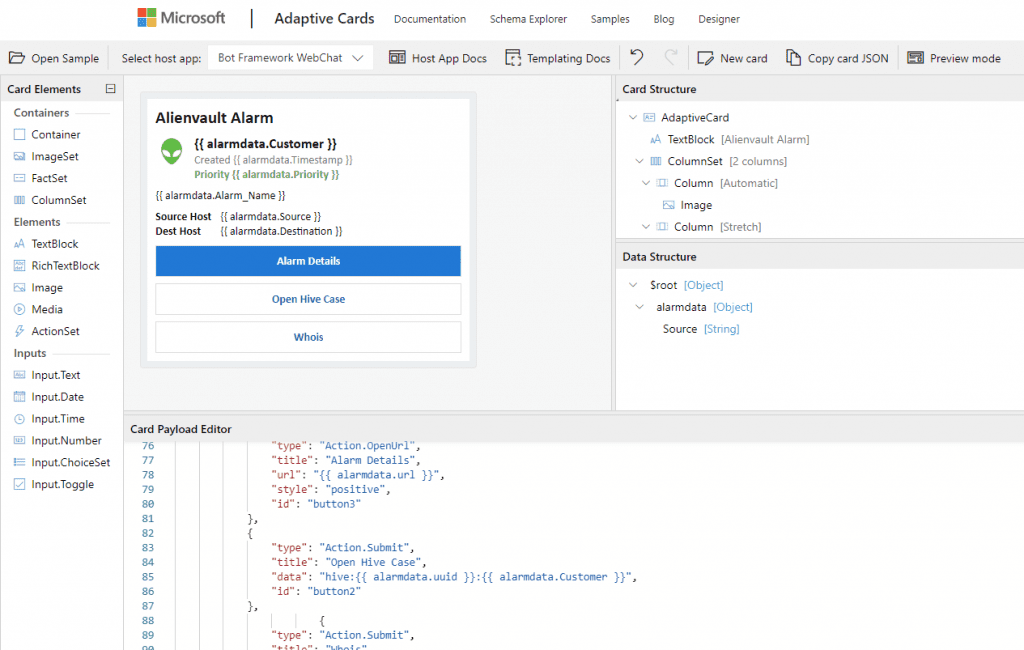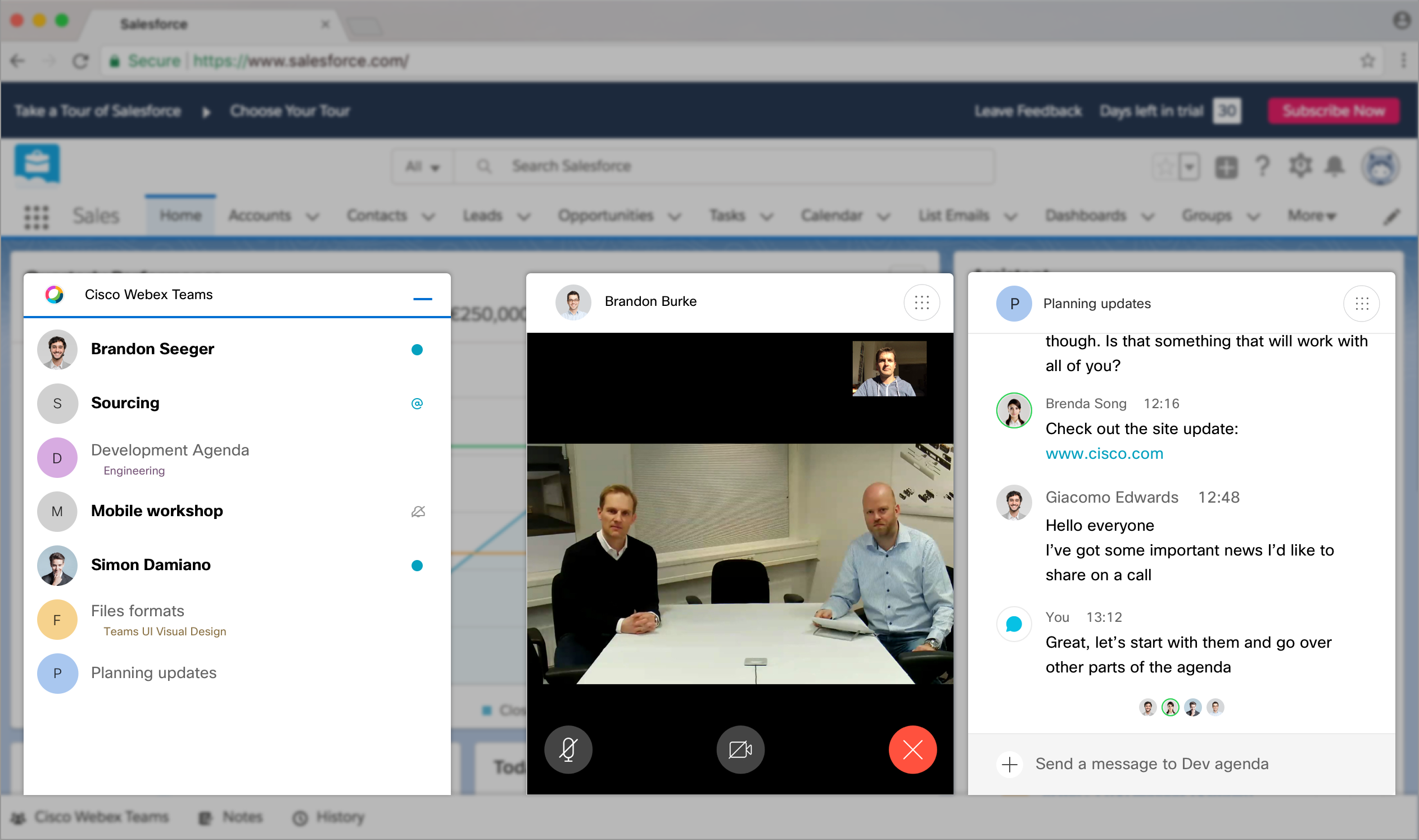Webex Teams is a wonderful communication tool that allows users to chat, share files, react with emojis and GIFs, screen share, meet with multiple team members, collaborate, share ideas through whiteboards. Think of a way to communicate without being in the sam e location and Webex Teams.
Table of Contents
Note: Documentation for the legacy, pre-rebrand Cisco Spark version of Botkit is here.
Getting Started
Unlock the full potential of WebEx. Leverage analytics to grow usage, optimize software licenses, and reduce audio costs. For teams, you can visualize, in aggregate, team interaction patterns within Webex to ensure your team is building and maintaining the right. Hi, I went to install Cisco Webex Teams on Windows 7 32-bit and failed to install with the error message: This installation is not supported by this processor type. Contact your product vendor.
Create a Botkit powered Node app:
- Or: Use the command line tool:
Working with Webex
Botkit receives messages from the Cisco Webex cloud platform using webhooks, and sends messages using their APIs. This means that your bot application must present a web server that is publicly addressable. Everything you need to get started is already included in Botkit.
To connect your bot to Webex, get an access token here. In addition to the access token,Webex bots require a user-defined secret which is used to validate incoming webhooks, as well as a public_address which is the URL at which the bot application can be accessed via the internet.
Each time the bot application starts, Botkit will register a webhook subscription.Botkit will automatically manage your bot's webhook subscriptions, but if you plan on having multiple instances of your bot application with different URLs (such as a development instance and a production instance), use the webhook_name field with a different value for each instance.
Bots in Webex are identified by their email address, and can be added to any space in any team or organization. If your bot should only be available to users within a specific organization, use the limit_to_org or limit_to_domain options.This will configure your bot to respond only to messages from members of the specific organization, or whose email addresses match one of the specified domains.
The full code for a simple Webex bot is below:
Create a Controller
When creating the Botkit controller, there are several platform-specific options available.
Botkit.webexbot
| Argument | Description |
|---|---|
| public_address | required the root url of your application (https://mybot.com) |
access_token | required token provided by Webex for your bot |
| secret | required secret for validating webhooks originate from Webex |
| webhook_name | optional name for webhook configuration on Webex side. Providing a name here allows for multiple bot instances to receive the same messages. Defaults to 'Botkit Firehose' |
limit_to_org | optional organization id in which the bot should exist. If user from outside org sends message, it is ignored |
limit_to_domain | optional email domain (@howdy.ai) or array of domains [@howdy.ai, @botkit.ai] from which messages can be received |

Webex Specific Events
All events listed here should be expected, in the format resource.event - for example, rooms.created.
In addition, the following custom Botkit-specific events are fired:
| Event | Description |
|---|---|
| direct_message | Bot has received a message as a DM |
| direct_mention | Bot has been mentioned in a public space |
| self_message | Bot has received a message it sent |
| user_space_join | a user has joined a space in which the bot is present |
| bot_space_join | the bot has joined a new space |
| user_space_leave | a user has left a space in which the bot is present |
| bot_space_leave | the bot has left a space |
Message Formatting
Webex supports both a text field and a markdown field for outbound messages. Read here for details on Webex's markdown support.
To specify a markdown version, add it to your message object:
Attaching Files
Files can be attached to outgoing messages in one of two ways.
Specify URL
If the file you wish to attach is already available online, simply specify the URL in the files field of the outgoing message:
Send Local File
If the file you wish to attach is present only on the local server, attach it to the message as a readable stream:
Receiving files
Your bot may receive messages with files attached. Attached files will appear in an array called message.data.files.
Botkit provides 2 methods for retrieving information about the file.
bot.retrieveFileInfo(url, cb)
| Parameter | Description |
|---|---|
| url | url of file from message.data.files |
| cb | callback function in the form function(err, file_info) |
The callback function will receive an object with fields like filename, content-type, and content-length.
bot.retrieveFile(url, cb)
| Parameter | Description |
|---|---|
| url | url of file from message.data.files |
| cb | callback function in the form function(err, file_content) |
The callback function will receive the full content of the file.
Starting Direct Messages
Webex's API provides several ways to send private messages to users -by the user's email address, or by their user id. These may be used in the case where theuser's email address is unknown or unavailable, or when the bot should respond to the actorinstead of the sender of a message.
For example, a bot may use these methods when handling a bot_space_join eventin order to send a message to the user who invited the bot (the actor) instead ofthe bot itself (the sender).
NOTE: Core functions like bot.startPrivateConversation() work as expected,and will create a direct message thread with the sender of the incoming_message.
bot.startPrivateConversationWithPersonId()
| Parameter | Description |
|---|---|
| personId | the personId of the user to whom the bot should send a message |
| cb | callback function in the form function(err, file_content) |
Use this function to send a direct message to a user by their personId, whichcan be found in message and event payloads at the following location:
bot.startPrivateConversationWithActor())
| Parameter | Description |
|---|---|
| incoming_message | a message or event that has an actorId defined in message.original_message.actorId |
| cb | callback function in the form function(err, file_content) |
Webex rebrand
Back in April 2018, Cisco announced a rebrand from Cisco Spark to Webex.In May 2018, starting with version 0.6.17, Botkit reflected this rebrand by updated 'Spark' mentions from the framework API.
For backward compatibility purposes, several references are now marked as deprecated, but still supported (except for Typescript code). Please migrate your code if your find references to:
- Botkit.sparkbot() => Botkit.webexbot()
- controller.config.ciscospark_access_token => controller.config.access_token: a warning shows up in the console if your code is still using this option.
Breaking changes

- bot.type now equals 'webex' instead of 'ciscospark': there should not be any impact in your code.
- the webhook HTTP endpoint automatically created and exposed by Botkit has been changed from '/ciscospark/receive' to '/webex/receive'. Note that this change can have an impact for the Webex Cloud platform to reach your bot if the traffic to your bot is routed by a reverse proxy. To avoid any bot to break, the Botkit Webex connector will expose an HTTP endpoint with the deprecated '/ciscospark/receive' path if the 'ciscospark_access_token' configuration property is detected.
Webex Teams Markdown Tutorial
Is something missing or out of date?
Webex Teams Markdown Code Languages
This file is managed on Github. click here to view the source, and send us a pull request with your improvements!
